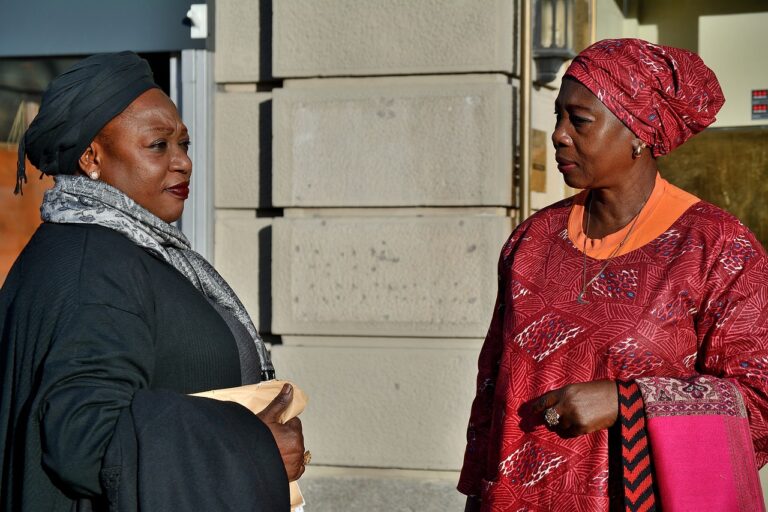The Evolution of Maternity Fashion: From Concealing to Celebrating the Baby Bump
Maternity clothing has a rich history that dates back centuries. In ancient civilizations, such as Ancient Egypt and Ancient Greece, women would modify their existing garments by adding panels or using draping techniques to accommodate their growing bellies during pregnancy. These early adaptations marked the beginning of maternity wear, showing that even in ancient times, women sought ways to dress comfortably and stylishly while expecting.
As time progressed, maternity clothing became more sophisticated, with tailors in the Middle Ages designing specific garments for pregnant women. These specialized garments featured roomier cuts and adjustable closures to provide ample space for a growing abdomen. The evolution of maternity clothing throughout history reflects society’s recognition of the unique needs of pregnant women and the importance of accommodating their changing bodies with clothing that is both functional and fashionable.
• Maternity clothing has a rich history dating back centuries
• Ancient civilizations like Ancient Egypt and Ancient Greece modified existing garments for pregnant women
• Tailors in the Middle Ages designed specific garments with roomier cuts and adjustable closures for pregnant women
• Evolution of maternity clothing reflects society’s recognition of unique needs of pregnant women
Early Trends in Maternity Wear
Before the 19th century, pregnant women simply adapted their existing clothing to accommodate their growing bellies. The concept of specific garments designed for maternity wear was virtually non-existent. However, by the late 18th and early 19th centuries, society started to embrace the idea of specialized clothing for expectant mothers. This shift was influenced by the changing views on pregnancy and motherhood within different cultures.
During this time, maternity wear began to incorporate functional design elements to cater to the unique needs of pregnant women. Dresses with adjustable waistlines, loose-fitting bodices, and strategic draping to accommodate a growing belly became popular choices. The evolving trends in maternity wear also reflected societal expectations of modesty and femininity, with styles often featuring delicate embellishments and softer, flowing silhouettes to accentuate the maternal form.
Influence of Cultural Norms on Maternity Fashion
In different cultures around the world, the way maternity clothing is designed and perceived can vary greatly. In some societies, pregnancy is celebrated and revered, leading to maternity fashion trends that accentuate the beauty of the mother-to-be. Traditional attire may be adapted to accommodate the growing belly, with flowing fabrics and loose silhouettes becoming the norm.
On the other hand, there are cultures where pregnancy is viewed more conservatively, with expecting mothers expected to dress modestly and cover up. This can result in maternity wear that is more discreet and less form-fitting, reflecting the cultural values and customs regarding pregnancy and motherhood. These norms influence not only the style of clothing but also the colors and fabrics chosen for maternity garments, showcasing the intersection of fashion and cultural traditions.
What are the origins of maternity clothing?
Maternity clothing can be traced back to ancient civilizations like the Egyptians and Romans, who designed loose and flowing garments to accommodate a woman’s growing belly during pregnancy.
What were some early trends in maternity wear?
In the early 20th century, maternity wear was often bulky and unflattering, with little consideration for style. However, by the mid-20th century, designers began to create more fashionable and form-fitting maternity clothes.
How do cultural norms influence maternity fashion?
Cultural norms play a significant role in shaping maternity fashion, with different societies having varying expectations for how pregnant women should dress. For example, some cultures may prefer modest and conservative styles, while others may embrace more daring and bold maternity fashion choices.






